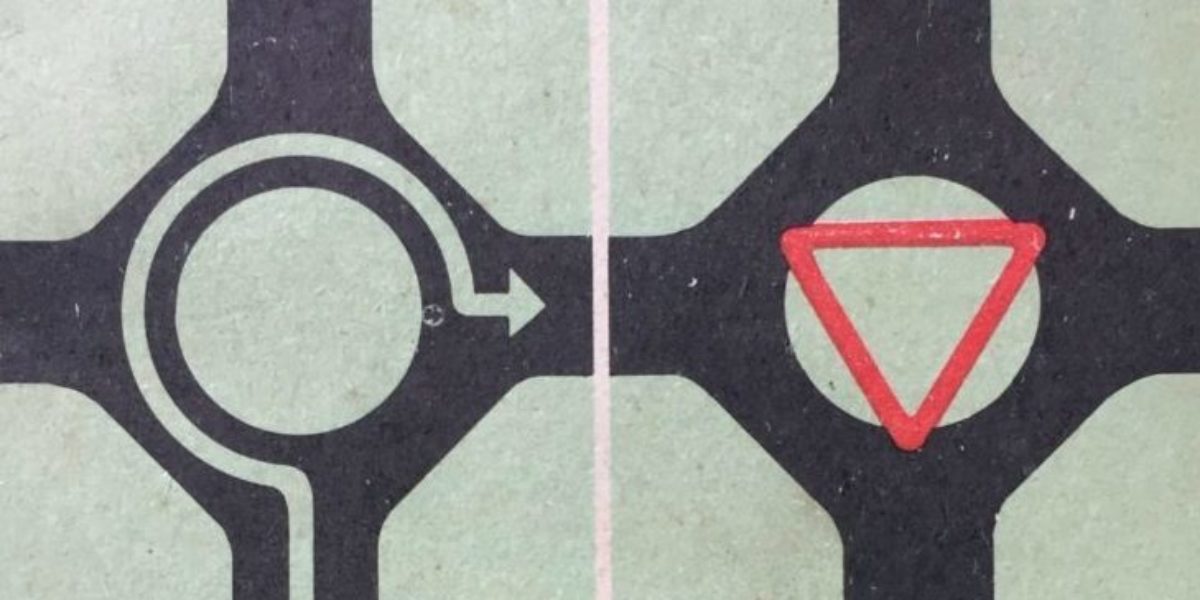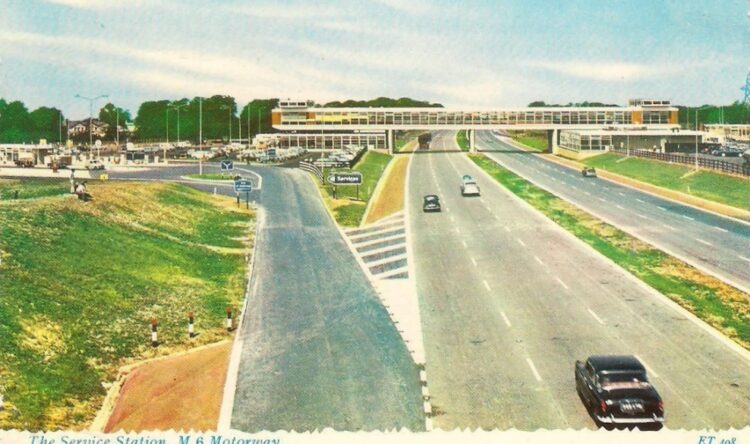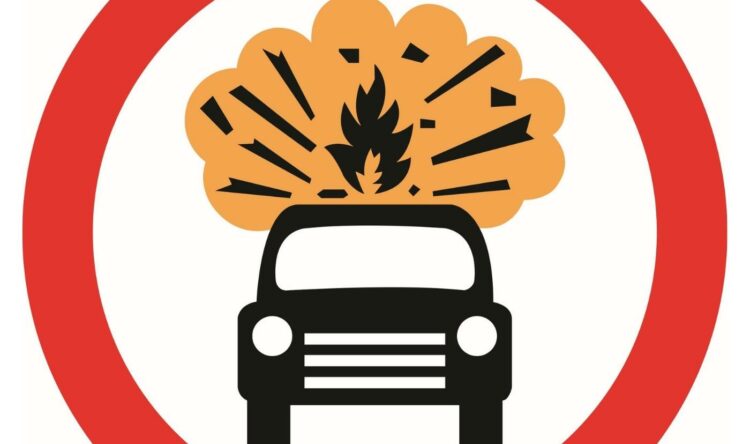Further clarity on Highway Code changes
In its 90th year the Highway Code is being refreshed
The Highway Code will be updated later this year.
There will be new guidance to improve road safety for cyclists, pedestrians and horse riders. But there will also be new information to help road users better understand how motorways and major A-roads operate.
The changes are a part of Highway’s England’s commitment to improve safety across England’s major routes.
Among the updates is clearer advice on how and where to stop in an emergency. This includes the importance of not driving in a lane that has been closed with a Red X sign displayed. This includes the “Go left” messaging used in Highways England’s recent £5m advertising campaign.
There is also clarity on the use of variable speed limits to manage congestion. The information explains how safety cameras are used to ensure compliance with speed limits and lanes closed with a Red X, including the hard shoulder.
In the fast lane
The improved guidance also addresses key factors that contribute to safety-related incidents. For example, driving while tired, unroadworthy vehicles, safe towing, tailgating and driving through roadworks.
In total, 33 existing rules will be amended and two new rules will be introduced.
More than 3,200 people and organisations responded to a consultation on the guidance according to Highways England. These comments ‘directly leading to it being amended and improved’.
“The updates to The Highway Code will help everyone who uses our busiest roads,” states Jeremy Phillips, Highways England’s Head of Road Safety. These changes will “produce clearer guidance on how to use our motorways and major A-roads”. He continues that the new Highway Code will “give everyone on our roads the confidence that they have the knowledge and skills to safely get from A to B.”
Moving on
The Highway Code was introduced in Great Britain in 1931.
Then there were only 2.3 million vehicles on roads, but more than 7,000 people died in road accidents each year.
According to the DVSA, the first edition of the Highway Code did not mention the use of mirrors and it advised drivers to sound their horn when overtaking.







